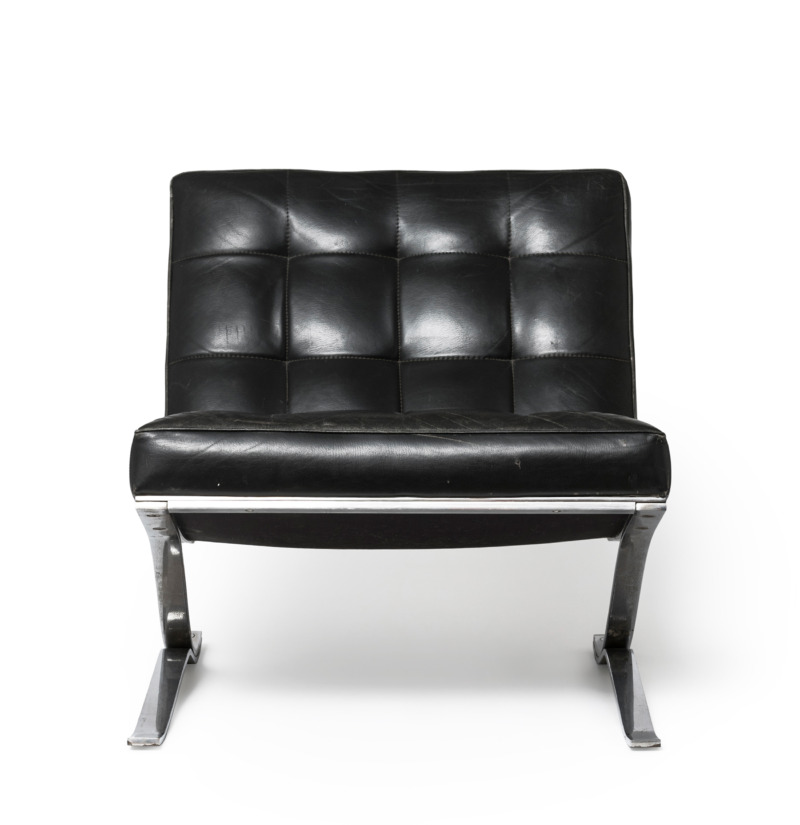Between 1925 and 1930, ten housing estates with around 12,000 affordable rental flats were built in Frankfurt am Main to alleviate the severe housing shortage.
The magazine „Das Neue Frankfurt. Internationale Zeitschrift für die Probleme kultureller Neugestaltung” was published between 1926 and 1931 to accompany the housing construction programme of the same name, which was under the direction of the architect and city planning officer Ernst May .
Designed as a holistic urban development strategy with socio-political objectives, this municipal housing construction programme included a green space system, permanent leasehold gardens for allotment gardeners and the necessary facilities for everyday life in all the estates. The buildings on the estates are constructed in series and as standardised structures using prefabricated parts. Particular importance is attached to the floor plan design and the rationalisation of housekeeping. New features included not only central heating, electricity, and gas connections, but also functional, standardised furniture, especially for the “Frankfurt Kitchen”, which was designed by the Viennese architect Margarete Schütte-Lihotzky.
An original “Frankfurt Kitchen” from 1927/1928 is on display in the museum’s permanent exhibition.

